Train Applications and Integrity
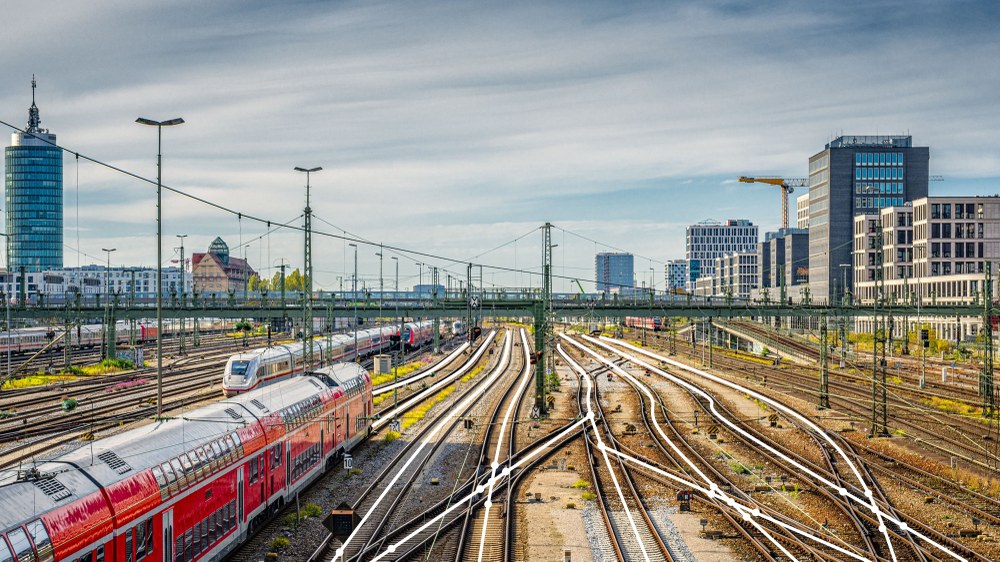
Railway GNSS Multipath Error Modelling
Motivation
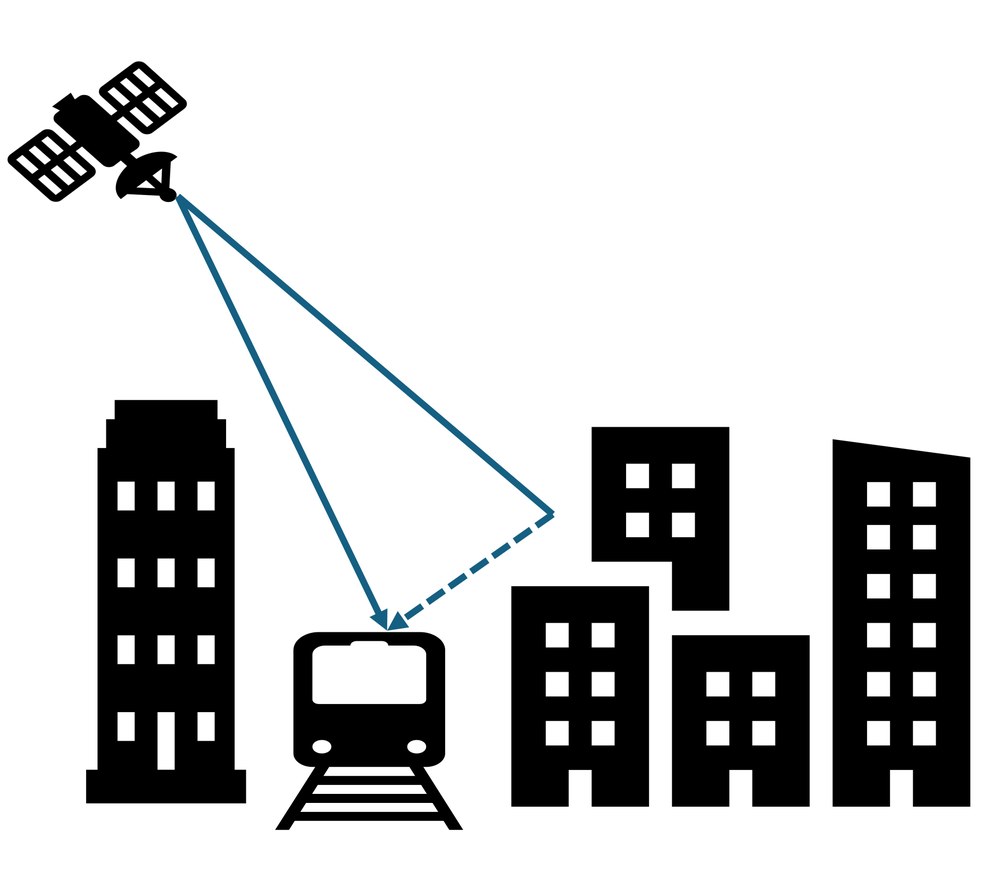
Currently, railway applications relay on track-side infrastructure for navigation, which makes the system expensive and less scalable.
Using GNSS could potentially reduce installation and maintenance costs.
However, local GNSS threats, like multipath, cannot be easily modelled in railway environments due to infrastructure elements
For that reason, the goal is to create a methodology to safely model the multipath error.
Methodology
Divide the total multipath error contribution into the permanent train multipath error (caused by the antenna installation) and the operational environment multipath error (caused by the surroundings)
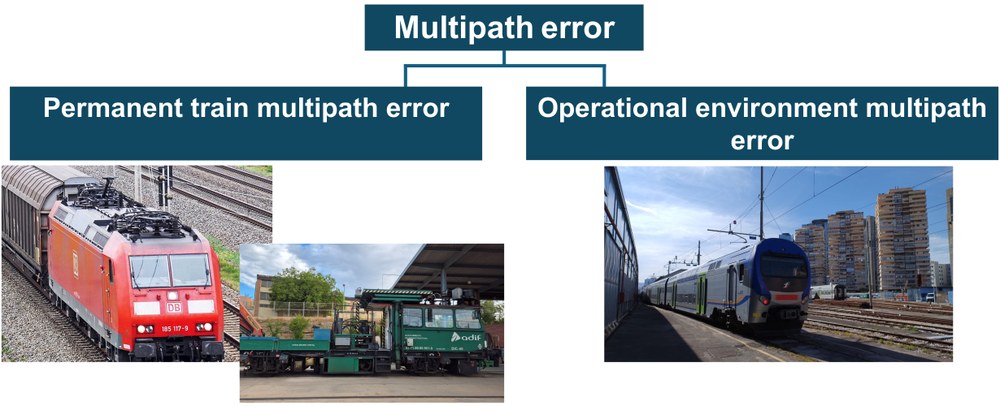
Results
Multipath error model which is location and elevation dependent.

Publications
Permanent Multipath:
- Kliman, Ana, and Omar Garcia Crespillo (2022) Characterization of GNSS multipath in nominal open-sky scenario for safe railway localization, POSNAV DGON
- Kliman, Ana, Anja Grosch, and Omar Garcia Crespillo. (2024) Permanent train-side GNSS multipath characterization considering time-correlation for safe railway localization, European Navigation Conference, ENC
Options to handle the operational one have been investigated in:
- Röβl, Florian, et al. (2023) A map based multipath error model for safety critical navigation in railway environments. 2023 IEEE/ION Position, Location and Navigation Symposium (PLANS). IEEE
- Kliman, Ana, et al. (2024) Railway GNSS multipath error modelling approach with both train-side and operational environment characterization , ION GNSS+ 2024.
Contact: Ana Kliman, Ana.Kliman@dlr.de
Railway Ground Truth
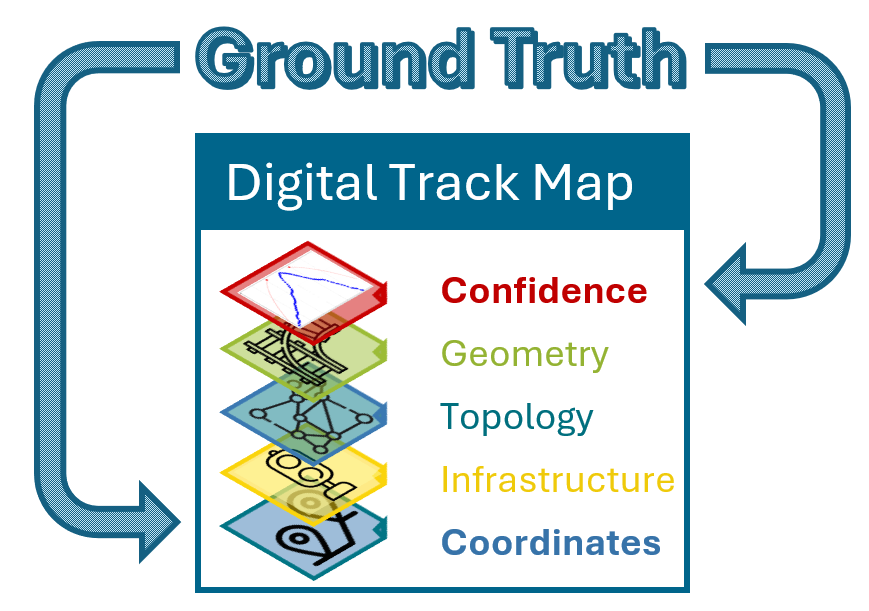
DLR has been developing a high-accuracy and high-reliability ground truth solution for railway applications. The objective is to obtain a precise and reliable position, velocity and attitude information for any measurement data collected on a train using a limited number of sensors.
Additionally, the aim is to provide confidence interval for the obtained solution. Together with the trajectory information, this is necessary for any evaluation of future railway navigation systems and to improve the generation of digital track maps, which are required for the new railway management and control concept.
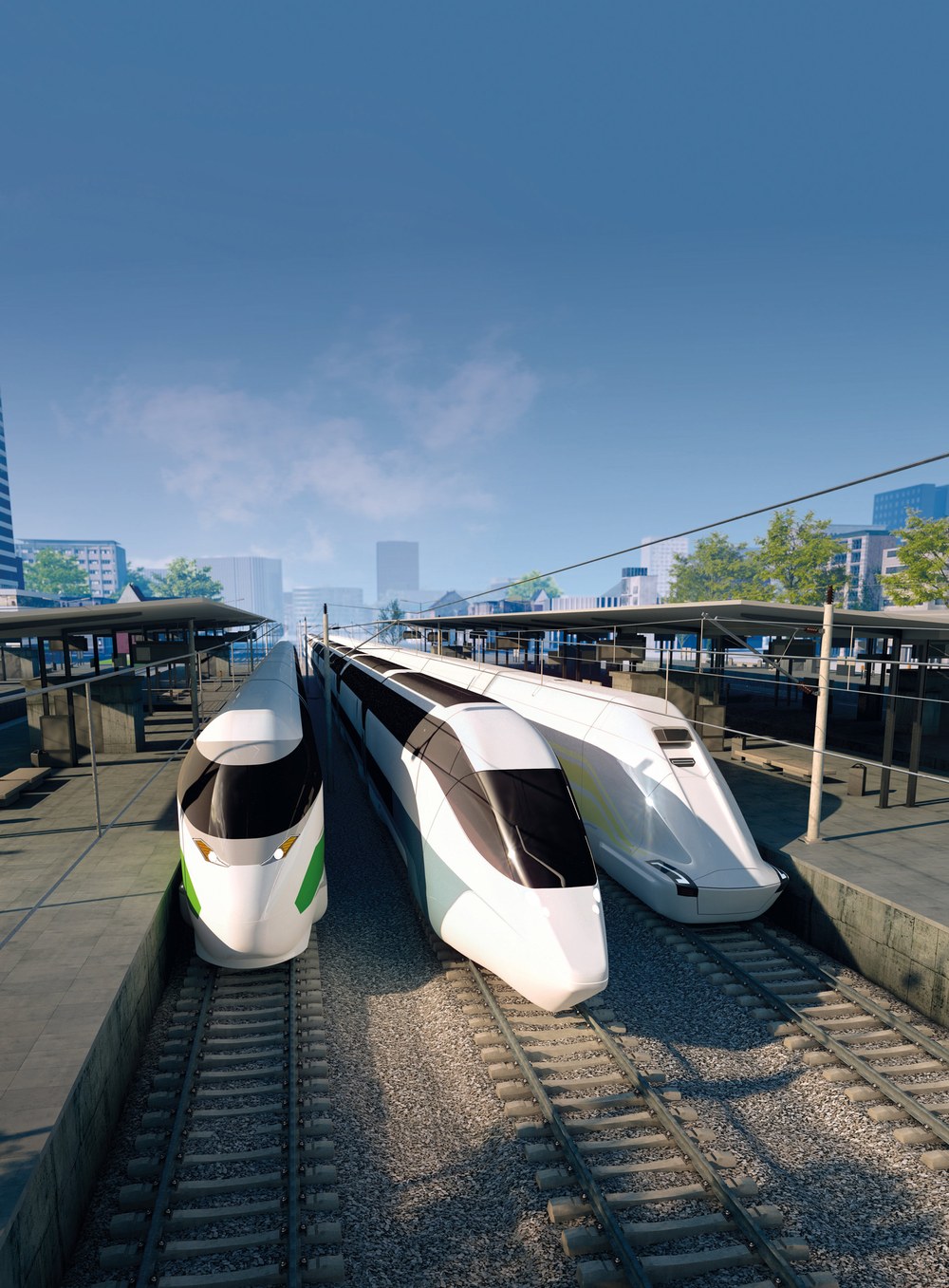
High-Accuracy and High-Reliability Trajectory Determination for Railway
In order to fulfil the railway ground truth requirements on accuracy, reliability, availability and continuity, we are combining two main techniques: GNSS carrier-phase positioning and multi-sensor fusion of GNSS and INS. We additionally apply multi-layer fault detection and exclusion strategies to minimize the likelihood of faults entering and propagating through the trajectory determination process. Finally, we exploit integrity monitoring concepts to extract reliable confidence intervals of the trajectory determination process.

Your consent to the storage of data ('cookies') is required for the playback of this video on Youtube.com. You can view and change your current data storage settings at any time under privacy.
